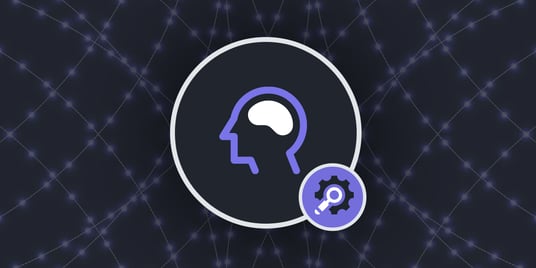Get a Free Trial
Creating, executing, and maintaining reliable tests has never been easier.
Digital-first experiences have lengthened the holiday shopping season, with many ecommerce brands starting to engage consumers in the coming weeks. Frictionless, delightful online shopping is critical to gaining - and retaining - new customers in this critical time. To adapt, even traditional retailers have adopted more ambitious online shopping experiences, ranging from ‘buy online, pick up in store,’ digital showrooms, and flexible payment options like ‘buy now, pay later.’ These additions dramatically expand the number of possible user journeys and add new touch points that need to be tested to ensure a positive customer experience. Quality teams across the ecommerce industry are expanding their testing strategy to ensure their organization is prepared to serve record numbers of consumers during the holiday season.
Maximizing Testing Resources
When testing strategies need to cover everything from email to APIs to mobile, teams need to be as efficient as possible. Every test run, whether it’s a manual exploratory test or automated end-to-end test, must be relevant to real customer journeys. As retailers prepare for the rush of holiday customers, QE teams have the opportunity to upgrade their manual and automated testing strategies to make life easier for themselves, their organization, and their users.
Optimize Automated Testing
An effective automated testing strategy can significantly reduce the amount of routine work on a QE’s teams plate, giving them more time to work with developers, perform high-value exploratory testing, or create test plans for new features. But unless automated testing reflects the full user experience, it’s unlikely to add much value.
Consider popular features like buy now, pay later, which accounted for $39 billion in consumer spending in 2020. Providers like Klarna or Affirm are most likely to integrate with retailer websites through APIs, potentially adding blind spots to a quality engineering strategy if automated API testing isn’t included. Incorporating API testing into an automated testing strategy also makes cross browser testing and end-to-end testing more efficient, further saving QE time as they prepare for their busiest time.
Other factors to consider when optimizing testing strategy: where customers interact with the brand. Most retail companies will participate in Black Friday or Cyber Monday deals, launch new products, and have other special deals throughout November and December, which means relying on email to connect with customers. Given that almost half of email opens are on mobile devices, a thorough QE strategy needs to incorporate both email and mobile testing to ensure a seamless experience throughout the entire customer journey. With two months until the holiday shopping season, prepared QE teams will connect with their marketing and support teams to understand how customer outreach will change during their busy season and update their testing strategies accordingly.
Leverage Data-Driven Testing
Expanding automated testing strategy is important, but unless a QE team has infinite time and resources, even efficient automated tests can slow the quality engineering process if they don’t reflect the needs of real users. Tailoring testing to the specific needs of the company, customers, and potential customers is essential to ensuring that testing supports a better product and better engineering organization.
Though many places are returning to in-person shopping, retail companies are still operating in an era of many unknowns. The 2020 holiday season took place during severe lockdowns, so any consumer data gathered last year offers an incomplete picture of shopping behaviors for 2021. To navigate the new (and constantly changing) normal, quality teams need a testing strategy that’s adaptable, data-driven, and efficient.
The easiest way to get started is harnessing the customer data that already exists within the company. Ideally, testing solutions should integrate with popular customer data platforms like Segment so that quality teams can align their test coverage with actual customer usage patterns for maximum efficiency. When testing is tied to real customer data, QE teams can understand traffic data on a page-by-page level, which allows them to closely monitor how user behavior changes throughout the season. This way they can quickly adapt their testing strategy to pages experiencing a surge in traffic, cover untested user journeys, and create new tests for pages that need additional coverage. With real customer data driving testing strategies, QE teams can navigate shifting behavior patterns for an optimal customer experience.
Expect the Unexpected
The main risk to even the best-laid plans is unplanned work. Many software development teams, even DevOps organizations, don’t account for testing and bug fixes in their sprint planning. This results in last minute scrambles to repair bugs right before new code is deployed into production. Retail and ecommerce companies are bracing themselves for a bustling holiday season amidst numerous unknowns, including customer behavior during shifting health and safety regulations. Establishing efficient, data-driven testing practices now will save QE teams time and effort in the long-haul and ensure a positive customer experience when it matters most.
Start your QE journey for the holiday season with mabl's free 14-day trial.






